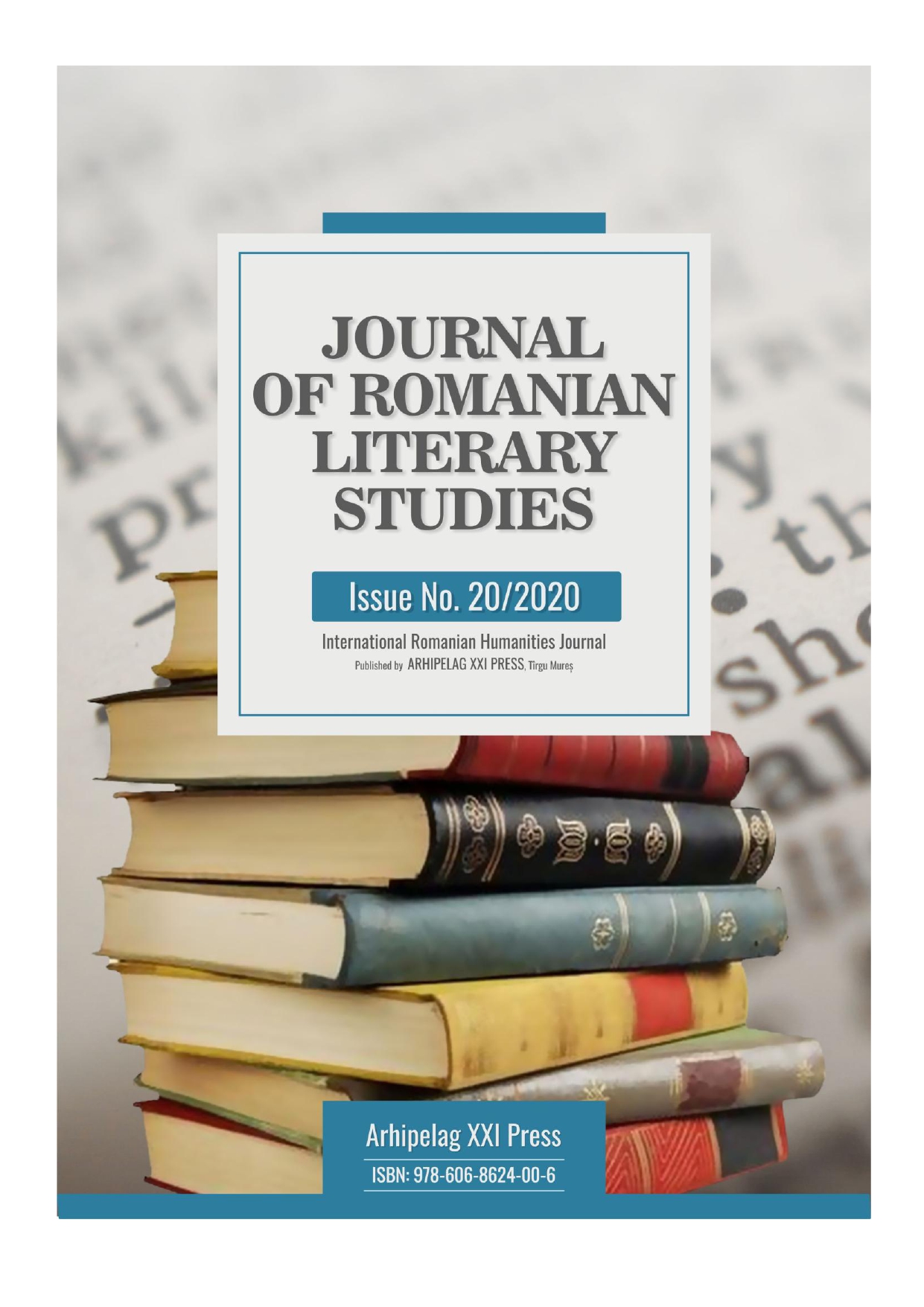THE FOLKLORIC INTERTEXTUALITY OF THE COSMOGONIC ELEMENT AIR IN THE ROMANIAN PROSE OF THE SIXTIES WRITERS FROM BESSARABIA
THE FOLKLORIC INTERTEXTUALITY OF THE COSMOGONIC ELEMENT AIR IN THE ROMANIAN PROSE OF THE SIXTIES WRITERS FROM BESSARABIA
Author(s): Mariana CocieruSubject(s): Customs / Folklore, Fiction, Romanian Literature, Philology, Theory of Literature
Published by: Editura Arhipelag XXI
Keywords: cosmogonic elements; air; folklore; literature; symbol; ethnofolkloric constituents;
Summary/Abstract: In this approach we have revealed from a synthetic perspective the role of ethnofolkloric cosmogony in the diachronic evolution of prose from Bessarabia (1960-1980), by specifying the specific patterns on the subject, the compositional status, the range of characters descending from the folkloric environment, of transvalorized species, also revealing the attitude of the writers towards the oral popular culture. In a comparative analysis, we observe that the etheric element is present in the creative imagination of the writers differently. Depending on certain states of the characters or subject situations, the following constituents are predominantly intertextualized: the stars; climatic phenomena: mistletoe, eclipses, rainbow, etc.; the bird, the flight and more. The mythic-folkloric values of these segments are renewed and complemented by the artist's spiritual experience; by this process realizing the extension and enhancement of the meanings attributed by the people to the cosmogonic elements, sometimes revealing surprising aesthetic connotations.Taking into account the popular poetic code, the research of the process of remodeling the cosmogonic element the air in the literature of Romanian writers from Bessarabia reveals the production of symbolic code transformations. Even if it stays within the limit of the updated popular pattern, we notice that the configuration elements vary due to the discursive register. The updating at the imaginary level and the symbolic transfiguration occur through transfocalization and transstylization, forms of collaboration and interpretation, which do not alter the generator frame, but only imprint specific prints on it. The degree of absorption of folkloric elements, as a result of integration into the new structure, refers to the code and the totality of the work. The mobility of the interdiscursive material determines the transcript of the folklore's producing experience on the formation of additional meanings through the intertextual enrichment of the archetypal symbolic codes and the enhancement in the thematic network of a new imaginary universe.
Journal: Journal of Romanian Literary Studies
- Issue Year: 2020
- Issue No: 20
- Page Range: 1422-1427
- Page Count: 6
- Language: Romanian

